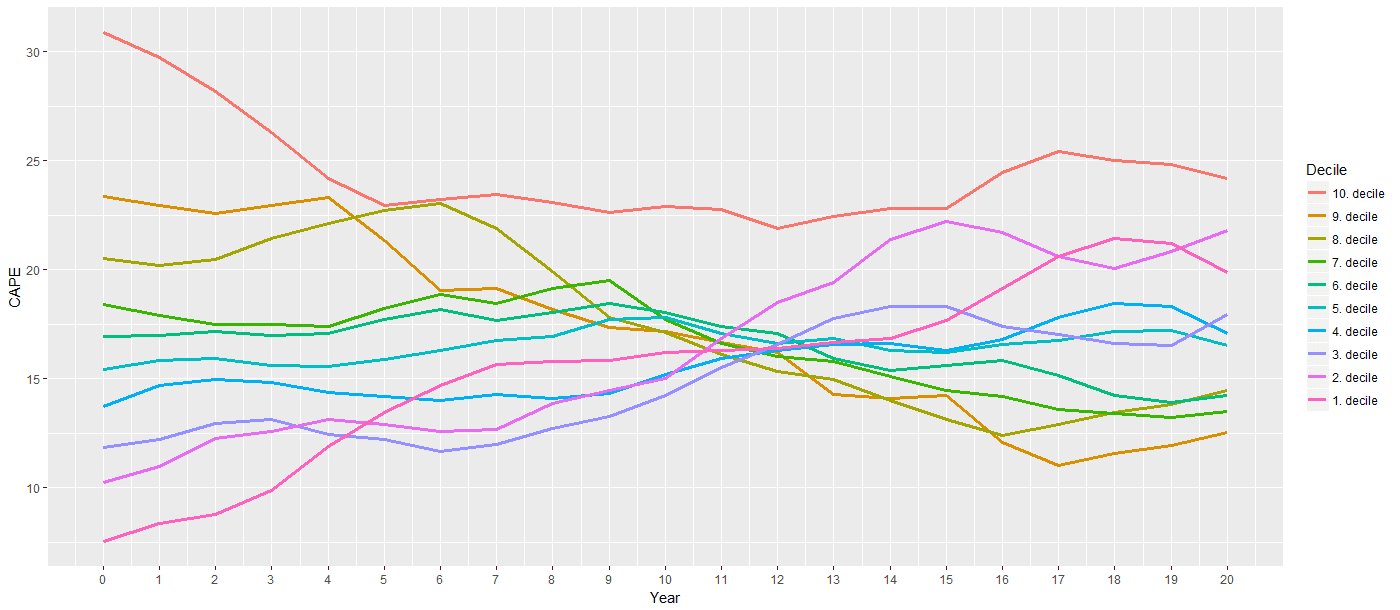The Changing Landscape Of Global Power: A Look At US And Chinese Military Strength

Table of Contents
The United States Military: A Legacy of Global Dominance
The United States military boasts a legacy of global dominance, built on decades of technological innovation, extensive alliances, and unmatched global reach.
Technological Superiority
The US military maintains a significant technological edge, possessing advanced weaponry systems that are unparalleled in their capabilities.
- Aircraft Carriers: The US Navy operates the world's largest and most powerful fleet of aircraft carriers, enabling unparalleled power projection capabilities.
- Stealth Technology: The development and deployment of stealth aircraft like the F-22 Raptor and B-2 Spirit provide the US with significant advantages in air superiority.
- Precision-Guided Munitions: The US military's reliance on precision-guided munitions minimizes civilian casualties and maximizes military effectiveness.
The US invests heavily in defense research and development, with annual defense budgets significantly exceeding those of any other nation. This substantial investment fuels ongoing technological advancements, ensuring the US maintains its military edge. This technological superiority is a cornerstone of US military strength, contributing significantly to its global power projection capabilities.
Global Network of Alliances
The US possesses an extensive network of military alliances and bases strategically positioned around the globe.
- NATO: The North Atlantic Treaty Organization remains a cornerstone of Western security, providing a collective defense framework against potential threats.
- US Bases: The US maintains military bases in numerous countries across the globe, allowing for rapid deployment of forces and a constant presence in key regions. This global network allows for rapid response to crises and facilitates the projection of military power across vast distances.
These alliances and bases significantly amplify the US military's reach and influence, enhancing its ability to respond to global challenges and maintain its position as a global superpower.
Challenges Facing the US Military
Despite its overwhelming strength, the US military faces several challenges that could potentially impact its dominance.
- Budget Constraints: While substantial, the US defense budget is subject to political pressures and competing national priorities.
- Emerging Technologies: Rapid advancements in military technology by other nations, particularly in areas like hypersonic weapons and artificial intelligence, pose a potential challenge to US superiority.
- Asymmetric Warfare: The rise of non-state actors and the increasing sophistication of asymmetric warfare tactics present new challenges to conventional military strategies.
These challenges necessitate ongoing adaptation and innovation to maintain the US military's technological and operational advantage in the face of evolving threats.
The Rise of China's Military Power: A Rapid Ascent
China's military has undergone a period of dramatic and rapid modernization, significantly enhancing its capabilities and regional influence.
Modernization and Expansion
China's military modernization efforts are extensive and far-reaching.
- Naval Expansion: China's navy is rapidly expanding, with significant investments in aircraft carriers, destroyers, and submarines.
- Advanced Weaponry: China is developing and deploying advanced weaponry, including hypersonic missiles, which pose a potential challenge to existing US defense systems.
- Cyber Warfare: China is investing heavily in developing its cyber warfare capabilities, posing a growing threat to global infrastructure and national security.
These advancements have substantially increased China's military capabilities, enabling it to project power further into the Asia-Pacific region and beyond.
Focus on Regional Dominance
China's military strategy centers on achieving regional dominance, particularly within the Asia-Pacific region.
- South China Sea Claims: China's assertive claims in the South China Sea have led to increased military activity and tensions with neighboring countries.
- Taiwan Relations: China's stance on Taiwan remains a significant source of geopolitical tension and military posturing.
China's regional ambitions are a key driver of its military expansion and modernization, shaping its strategic priorities and influencing regional stability.
Limitations of China's Military
Despite rapid progress, China's military still faces limitations compared to the US military.
- Technological Dependence: China's reliance on domestically produced technology, while rapidly advancing, may still lag behind US capabilities in some areas.
- Combat Experience: The People's Liberation Army (PLA) lacks the extensive experience in large-scale conflicts that the US military possesses.
- Logistical Challenges: Projecting power globally presents significant logistical challenges for China, particularly in terms of sustaining operations far from its shores.
These limitations, while not insurmountable, represent potential vulnerabilities that could constrain China's military ambitions.
A Comparative Analysis: US vs. China Military Strength
Comparing the US and Chinese militaries reveals a complex picture of relative strengths and weaknesses.
Direct Comparison of Key Capabilities
| Capability | US | China |
|---|---|---|
| Naval Power | Superior in scale and technology | Rapidly expanding; focus on regional power |
| Air Power | Superior in stealth and precision | Growing rapidly; increasing numbers of advanced aircraft |
| Nuclear Arsenal | Significant nuclear triad | Growing nuclear arsenal |
| Cyber Capabilities | Highly advanced | Rapidly developing |
The US maintains a significant lead in overall military capability, particularly in terms of global reach and technological sophistication. However, China's rapid modernization efforts are closing the gap in certain areas, particularly in regional power projection.
Implications for Global Stability
The shifting power balance between the US and China has significant implications for global stability.
- Increased Tensions: The rivalry could lead to heightened tensions and increased risks of miscalculation or conflict.
- Arms Race: The competition may accelerate an arms race, potentially destabilizing the global security environment.
- Geopolitical Shifts: The balance of power is reshaping alliances and international relations, with significant implications for global governance and international norms.
The changing relationship between these two military powers is a pivotal factor in the shaping of the 21st-century global order.
Conclusion: Understanding the Evolving Landscape of US and Chinese Military Strength
The comparison of US and Chinese military strengths reveals a dynamic and evolving landscape of global power. While the US currently maintains a significant technological and global reach advantage, China's rapid modernization is dramatically altering the balance of power, particularly within the Asia-Pacific region. This shift has profound implications for global stability and international relations. The future trajectory of this power dynamic remains uncertain, but understanding the strengths and weaknesses of both militaries is crucial for navigating the complex geopolitical landscape of the coming decades. Continue your exploration of US and Chinese military strength by researching the latest developments in military technology and geopolitical strategy.

Featured Posts
-
 Zverevs Semifinal Run At The Bmw Open In Munich
May 31, 2025
Zverevs Semifinal Run At The Bmw Open In Munich
May 31, 2025 -
 Why Current Stock Market Valuations Arent A Cause For Investor Alarm Bof A
May 31, 2025
Why Current Stock Market Valuations Arent A Cause For Investor Alarm Bof A
May 31, 2025 -
 Unexpected Banksy What To Do Now
May 31, 2025
Unexpected Banksy What To Do Now
May 31, 2025 -
 Tracking Power Outages In Northeast Ohio Real Time Numbers
May 31, 2025
Tracking Power Outages In Northeast Ohio Real Time Numbers
May 31, 2025 -
 Hospitalization Of Former Nypd Commissioner Bernard Kerik A Report
May 31, 2025
Hospitalization Of Former Nypd Commissioner Bernard Kerik A Report
May 31, 2025
